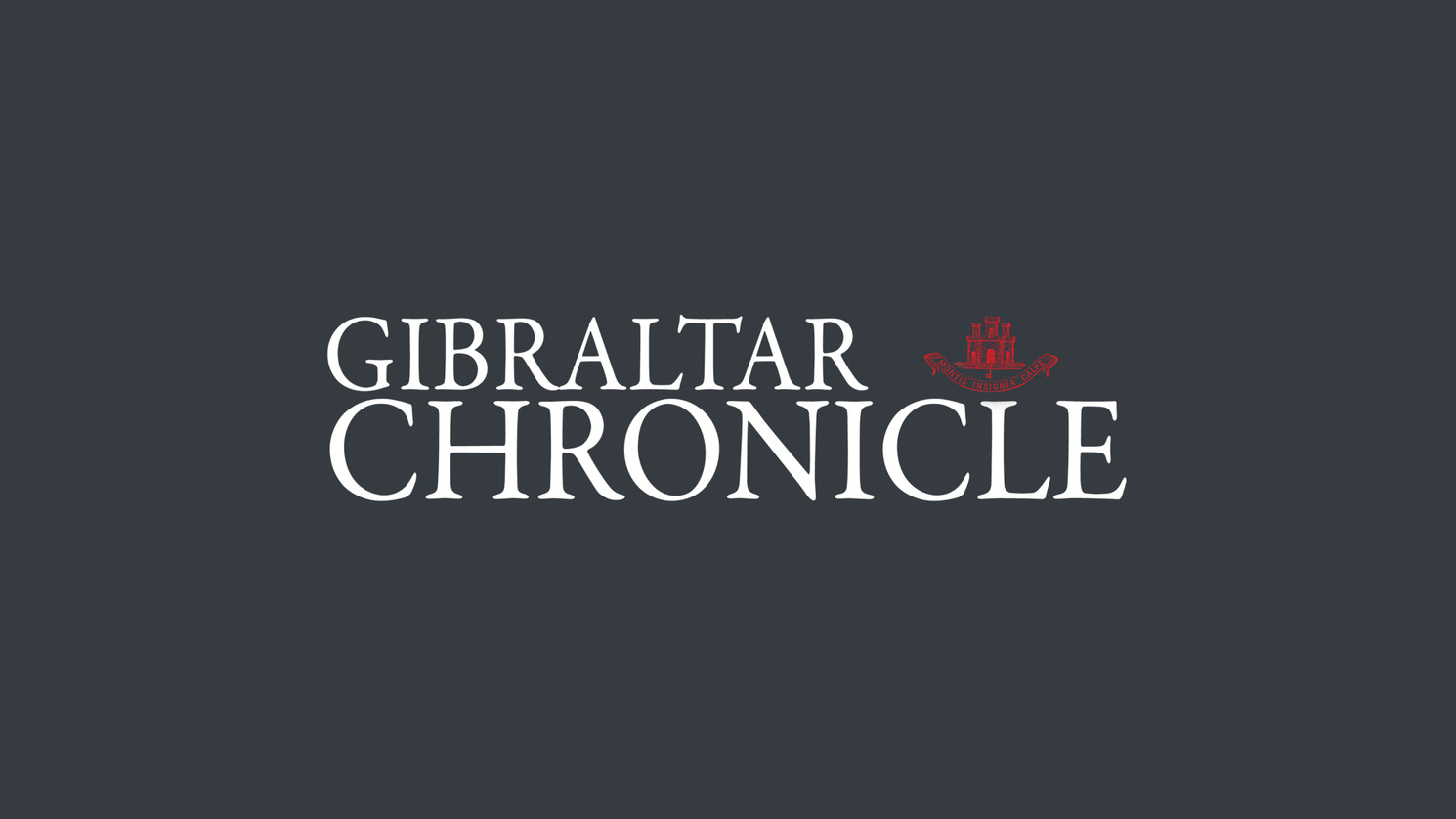University of Gibraltar offers new skeleton evidence in landmark lecture

Researchers from the University of Gibraltar have joined experts from the University of Cambridge, the Gibraltar Museum and Ministry for Heritage to carry out research on the human remains discovered in 2014 during excavations of the site of Gibraltar's old Colonial Hospital, the former St. Bernard’s Hospital. The ‘Death on the Rock’ Research Project continues in its investigations which started in 2015 to analyse over 200 skeletons from this previously unknown burial ground.
Last year the preliminary results suggested that the majority of the remains had been buried in haste and represented predominantly young men. This lead to an initial interpretation that the burials could be from one of the 18th century Gibraltar sieges, or from the disease epidemics that came in their wake. But new evidence has come to light this year from radiocarbon dates obtained on three of the skeletons which point to a mid-15th century date for the burials.
“This presents an unexpected but fascinating challenge for the project team given that the earliest historical data suggest no obvious origin for the burials,” said Dr Emma Pomeroy of Cambridge University, who is leading on the project.

Others involved are Dr Kevin Lane, HMGoG Archaeological Officer, Dr. Jennifer Grant, Devin Ward and local volunteers – Dr. Sam Benady, Timothy Canessa, Brielle Gafan, Stella Gafan, Nuhaila Mkerref and Jake O’Donohoe, who over the past few weeks have been using the new laboratory facilities at the University of Gibraltar.
The Project was showcased this past week as part of the University of Gibraltar’s programme of lectures on Gibraltar’s History where a joint presentation was given by Dr Pomeroy, Dr Lane and Dr Benady of the results of the excavations to date.
Following the well-attended lecture, all those present were given the unique opportunity to see some of the excavated burials first hand and have a personal explanation of the finds given to them by the specialists present and ask questions.
A spokesperson said the University of Gibraltar was pleased to be supporting this important and exciting project, and would continue to support such initiatives by the provision of expertise, facilities, and direct funding, as well as creating opportunities for interested individuals to be able to train as researchers via its PhD programme.
The human remains analysis of this project meanwhile will continue with funding for this research having been provided by the University of Gibraltar, HMGoG Ministry for Heritage, and the McDonald Institute for Archaeological Research, University of Cambridge.
Meanwhile specialist analyses of the ceramics and other objects from the excavations will begin shortly, and the results of bone chemistry and ancient DNA analyses are expected in the coming months.
Dr Darren Fa from the University team will also be assisting to analyse and interpret marine remains from the site which could have a bearing on the interpretation of the 15th century radiocarbon dates obtained, as the bones of people who consumed more seafood tend to return significantly older dates. It is only by combining these multiple lines of evidence - human remains, ceramic and other finds, historical documents, and molecular analyses - that the origins of the burials can be resolved.
The University of Gibraltar hosts two research Institutes, the Institute for Gibraltar and Mediterranean Studies, which focuses on cultural, historical, anthropological and other humanities-based research, and the Institute for Life and Earth Sciences, which concentrates mainly on natural history, biology and prehistory-based themes, including environmental, ecological and behavioural studies.









